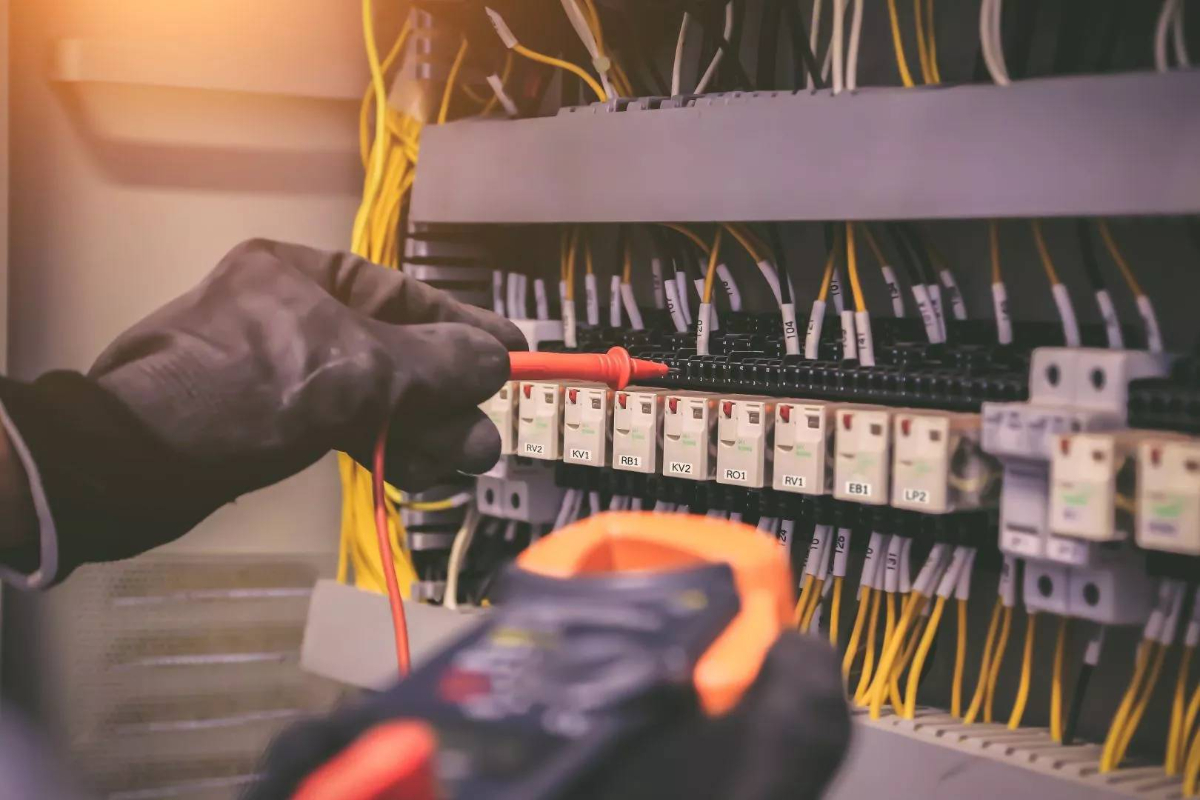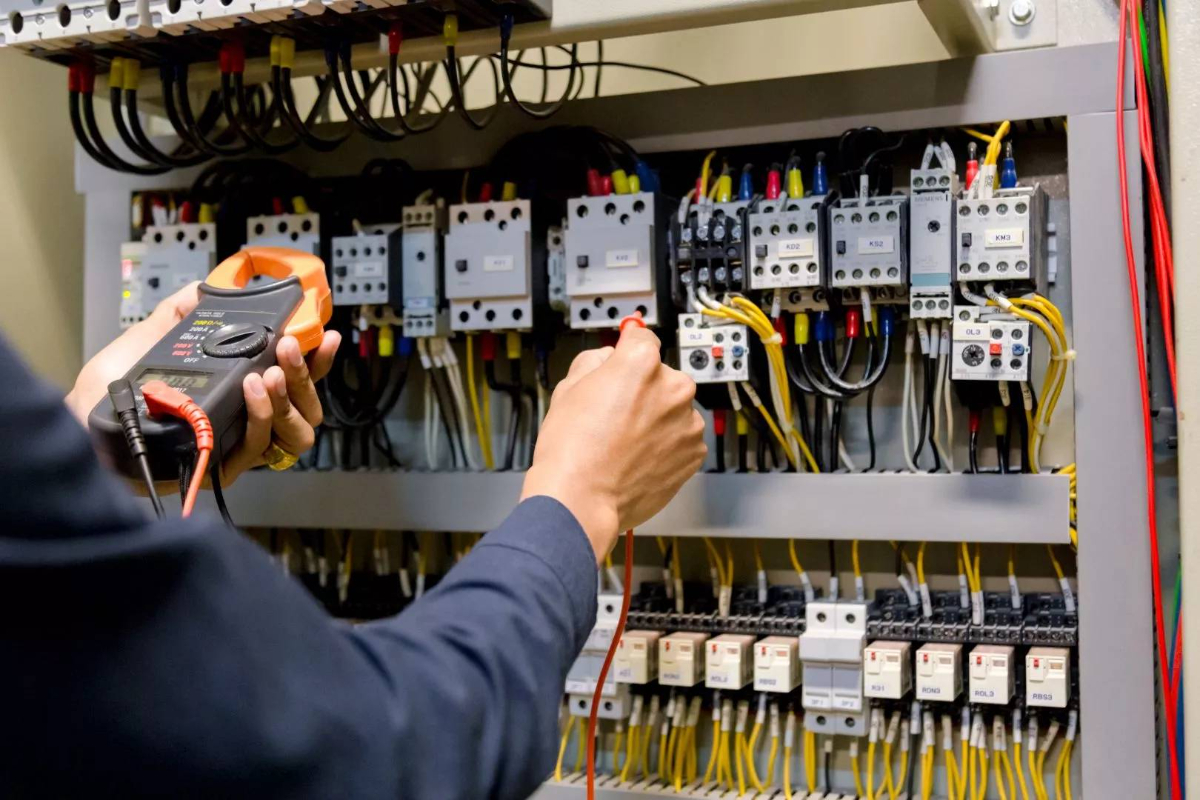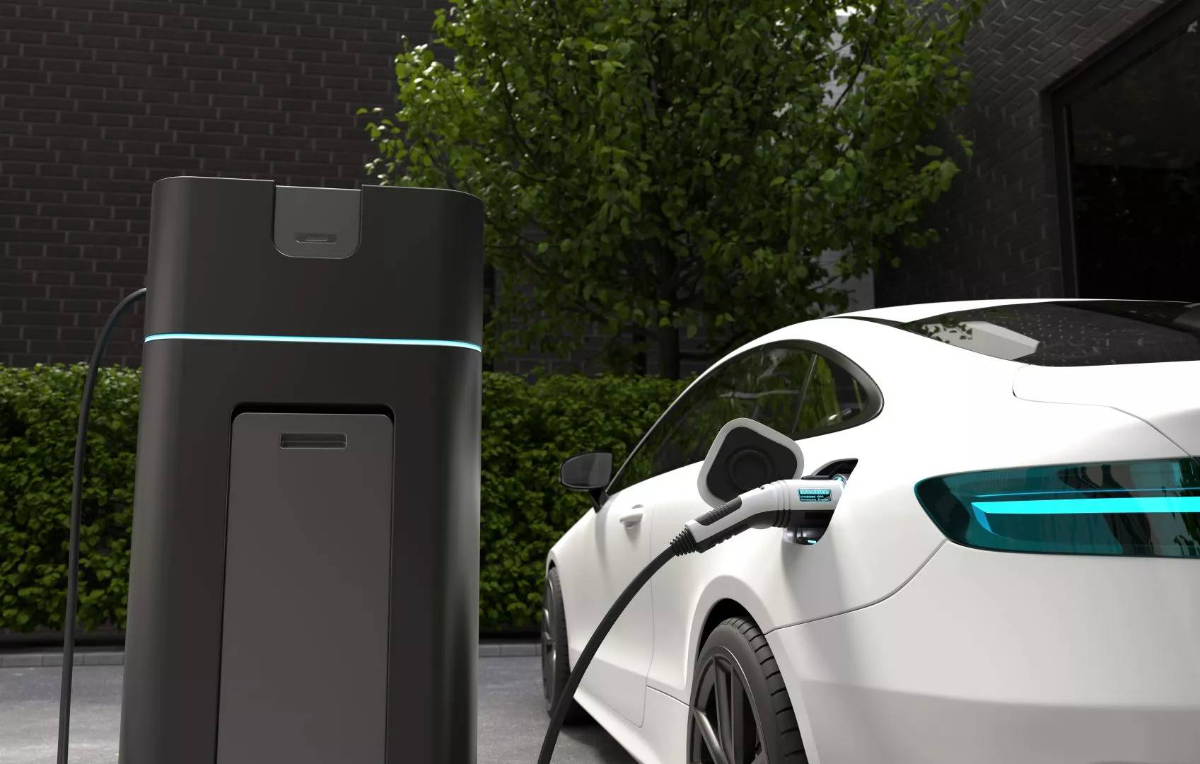This article explores: What is checked during an EICR? Discover the essential components examined during an Electrical Installation Condition Report (EICR). Learn about the comprehensive inspection process covering safety, compliance, and functionality.
How long does an EICR take?
An Electrical Installation Condition Report, commonly known as EICR, involves an in-depth assessment of a property's electrical systems and setups. This process is carried out by professional and experienced electrical inspectors who adhere to strict standards and codes of practice. How long does an EICR take, you might wonder?
Typically, the duration of an EICR can vary depending on a number of factors. One significant factor would be the size and complexity of the property in question. For a smaller, less complex residential property, the inspection may be completed within a mere couple of hours. On the other hand, for larger spaces, like a spacious residence or commercial properties, the inspection process can extend over a longer period.
This might span across one or more days due to the potential complexity and vastness of the electrical systems that need to be scrutinised. It's worth noting that carrying out an EICR can cause some minor, temporary disruptions. The inspector, during the course of their examination, may need to disconnect the electricity supply intermittently. This is done to ensure the necessary checks are carried out accurately and most importantly, safely.
As a result, it's recommended that homeowners and landlords anticipate this and plan around these temporary disruptions. This foresight will contribute to minimising any inconvenience when the inspection is carried out. Depending on the circumstances and arrangements, the company will aim to complete the report with minimum disruption to your daily routine.
What is checked during an EICR?
An Electrical Installation Condition Report (EICR) is a comprehensive assessment of the electrical systems within your property. But what is actually checked during an EICR?
To begin with, the conducting electrician pays close attention to the condition of cables, making sure that they are properly insulated, functioning efficiently, and are free from any signs of physical damage. Not only does this involve a visual examination, but certain tests may also be carried out to guarantee the integrity of the cables.
Additionally, bonding and earthing processes within your electrical systems are examined. This essentially means checking that the safety features that protect against electrical shocks are properly installed and functioning correctly.
The EICR also includes an assessment of the wear and tear on your electrical installation. This involves looking for signs of overload, age-related deterioration, or any consequential damage due to usage over time.
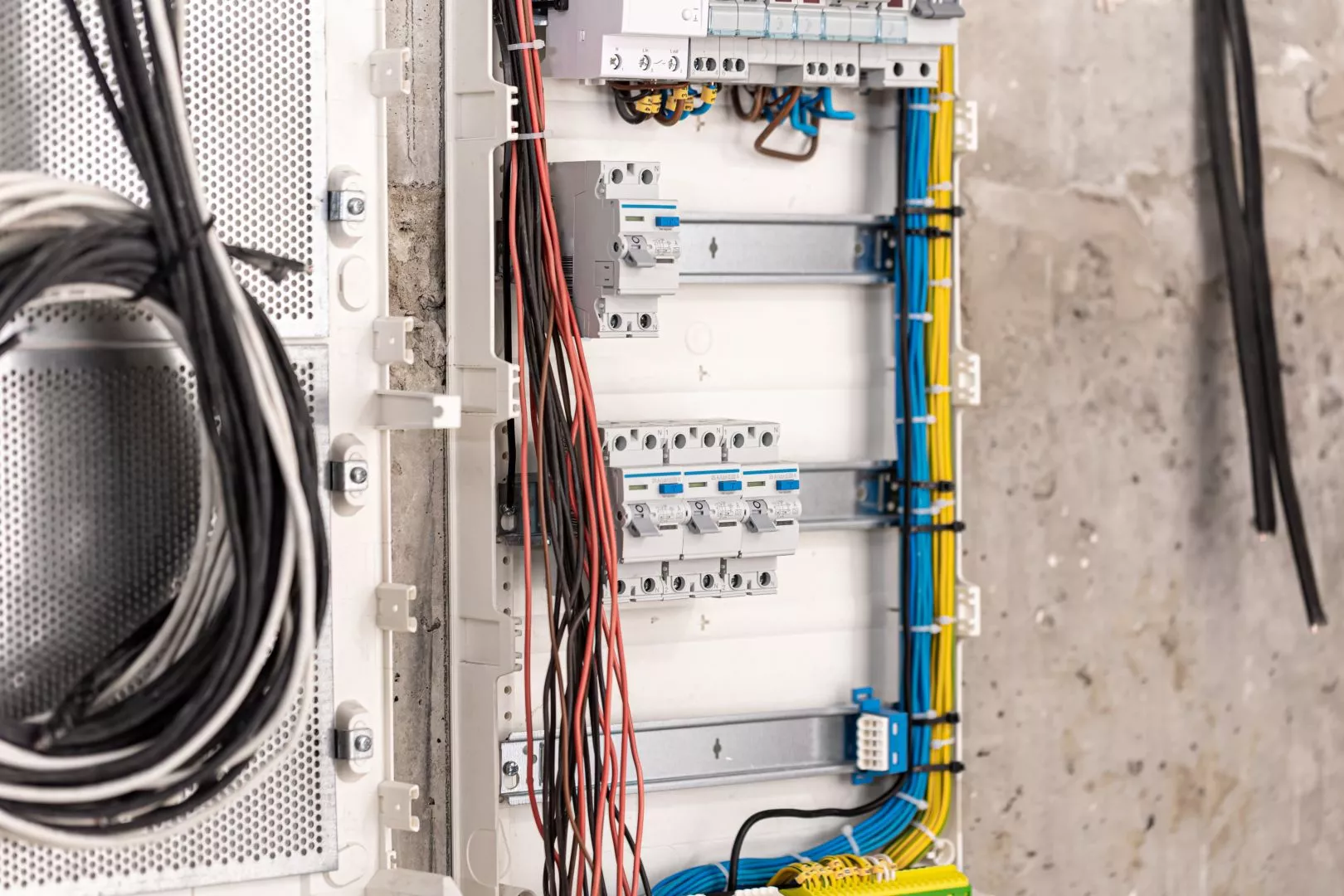
Any such conditions could potentially degrade the safety of the system and pose a risk, they are taken into consideration during the evaluation. Another major aspect of an EICR is a thorough inspection of switches and sockets. These are tested for functionality and safety, ensuring they operate correctly and that there are no faults which could lead to electrocution or a fire.
Moreover, any electrical installations near combustible materials are carefully monitored for overheating or short-circuiting, as these could potentially present fire risks. Similarly, the electrician also identifies any potential electric shock hazards, including instances of exposed live parts or flawed insulations. The overarching objective of an EICR is to detect and highlight any electrical faults or potential issues that may be present. The whole idea is dedicated to maintaining and imposing the highest safety standards possible within all types of properties
From residential and commercial spaces to industrial environments, an EICR is crucial to ensuring the safety and compliance of your electrical installations to the required standards. Remember, these inspections should be carried out by a qualified and experienced electrician.
How is an EICR carried out?
A vital part of property maintenance is the Electrical Installation Condition Report (EICR). This process entails a thorough check of all electrical systems and installations found within a property. To ensure the utmost accuracy, a skilled and knowledgeable electrician carries out the process. They will meticulously evaluate the condition of various components such as cables, bonding, and earthing arrangements. The process involved in creating this report includes a detailed inspection and test of all definite aspects.
Often, to perform the necessary safety tests, the power supply to the property needs to be briefly disconnected. This step is crucial as it allows the electrician to check each and every part of the electrical system without risk. Key areas that are reviewed include all sockets, switches and wiring – even those hidden within walls. Every single electrical connection and installation is examined to guarantee their safe operation. If any faults or hazards are found during the assessment, they'll be recorded and marked for future correction.
After the inspection, the electrician will compile and present an EICR certificate. This document outlines the overall safety of the property's electrical system. It provides clear documentation of any faults found and serves as evidence that the legislated inspection has been adequately performed. Overall, this procedure ensures the electrical system is safe and meets the necessary standards.
How often does a property need to be inspected?
An Electrical Installation Condition Report (EICR) plays a vital role in ensuring the safety and proper functioning of electrical equipment in a property. The necessity of having an EICR inspection can vary based on the type of property involved. If it's a residential or rental property, typically an EICR inspection is recommended every three to five years.
However, if the property frequently changes tenants, it is wise to have an inspection with every change of tenancy or every five years, depending on which comes first.
This is essential to guarantee safety standards are up to mark and any new tenants can have peace of mind about the property's electrical condition.
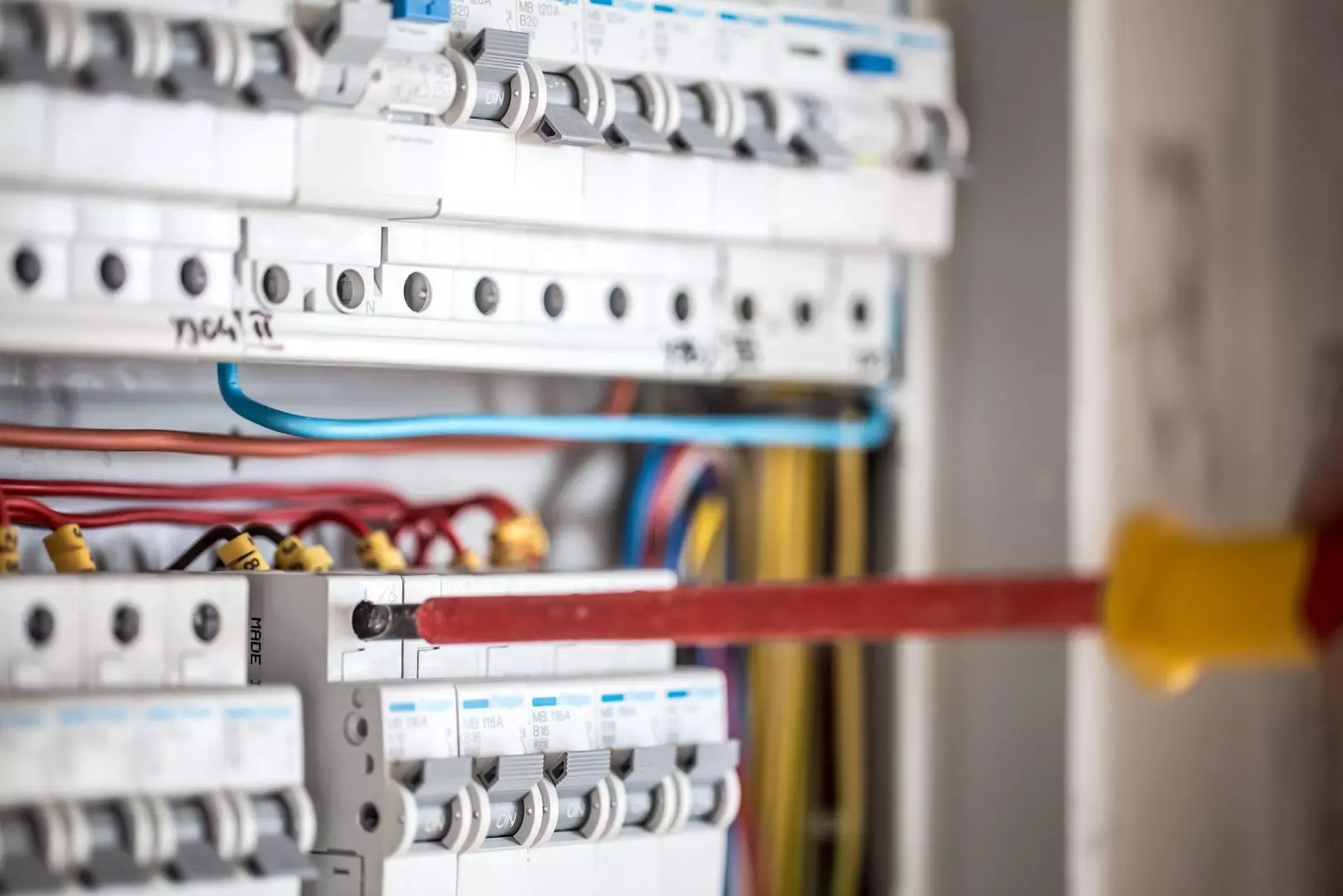
Likewise, for homeowners, regular safety checks are advisable even if they don't often change residences. Homeowners can benefit from requesting an EICR inspection every ten years. The decade-long interval will help in maintaining safety and avoiding any potential electrical hazards at home. For commercial properties, the protocol is slightly different.
The recommended inspection period is every five years or at the change of tenancy. Given the higher sale/lease frequency of commercial premises, this helps ensure minimal disruption, offers continuous safety and keeps businesses complying with regulations.
Remember, these timelines are general guidelines and may vary depending on specific situations. There may be instances where more frequent inspections might be warranted. Trusting experts and ensuring regular EICR inspections can help maintain electrical safety, diminish hazards, and keep properties in optimum condition.
What are the potential results of an EICR?
Once an Electrical Installation Condition Report (EICR) is conducted, a qualified electrician will assemble an extensive report. This important document will catalogue any defects or problems with the electrical installations that necessitate attention or enhancement. The difficulties highlighted could vary significantly. They might range from minor, easily fixable wear and tear to serious faults that could potentially carry a risk of personal injury or even trigger a fire.
During an EICR, every observation made by the electrician is systematically categorised under different codes. These codes are not only indicative of the severity of the issues discovered but they are also used to denote the suggested course of remedial action that should be taken. The possible outcomes of an EICR can differ substantially. They may indicate an immediate danger that necessitates an urgent resolution.
Alternatively, they might highlight potential issues that, while not imminent threats, perhaps may require attention at some point in the future. The results gleaned from an EICR are important in determining whether the electrical installations within a property are safe for use, or if they need further investigation followed by rectification work. The safety of residents, tenants, and employees alike, can be markedly improved with regular EICR testing. It serves to identify problems before they become potentially dangerous, thereby reducing risk and ensuring the electrical systems are working efficiently and safely.
Consequently, EICR testing firmly establishes itself as an indispensable part of property upkeep. Helping to ensure that the electrical installations within a property are safe and in optimal working condition, contributes significantly toward the overall safety and well-being of all those who live, work or visit that property.

EICR Inspections
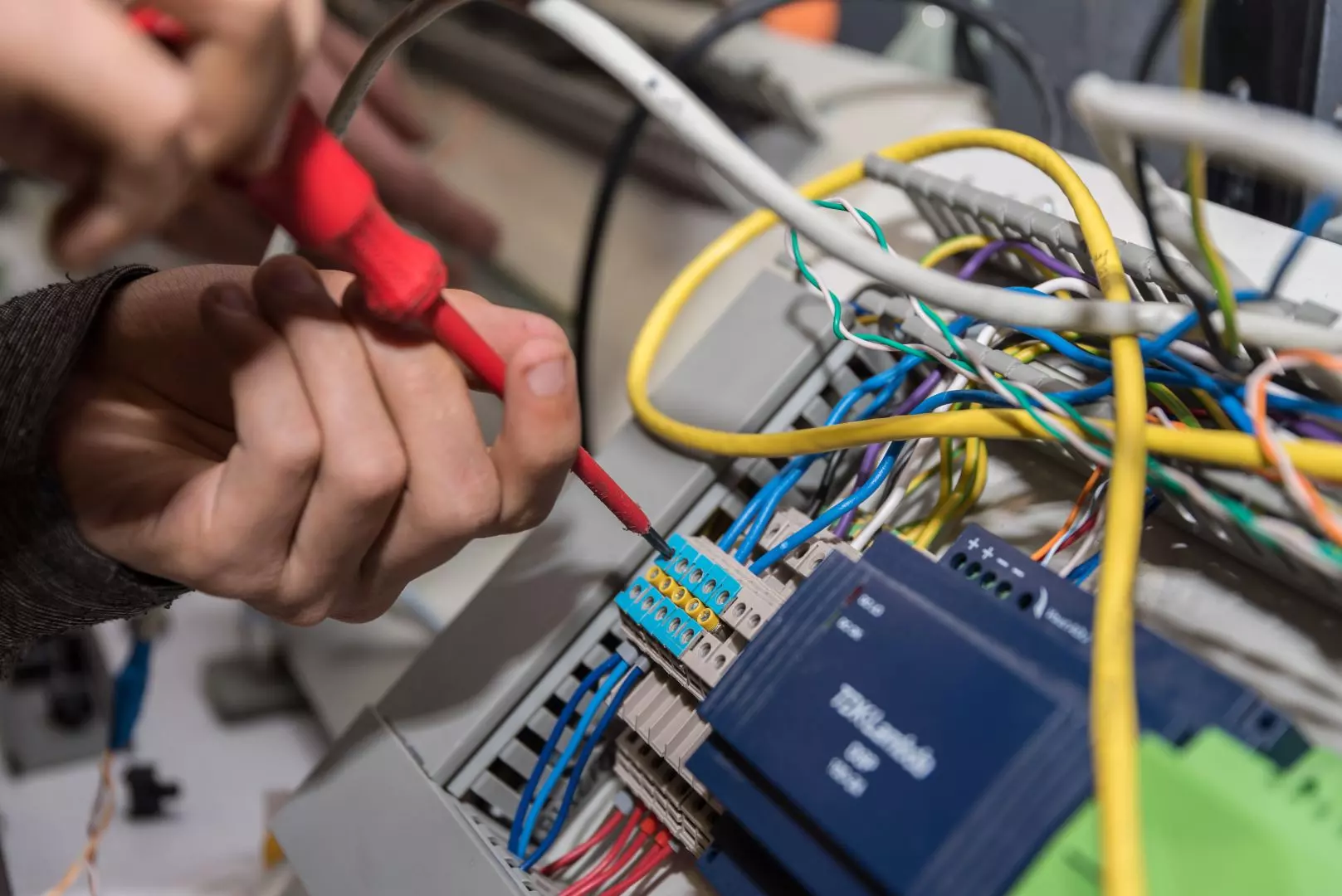
Electrical Installations Reports
For reliable electricians providing EICR testing in Rotherham, Sheffield and Leeds, trust Electrics Services Sheffield. We have built a solid reputation, grounded on numerous years of home electrical expertise, guaranteeing professional, high-quality service.
